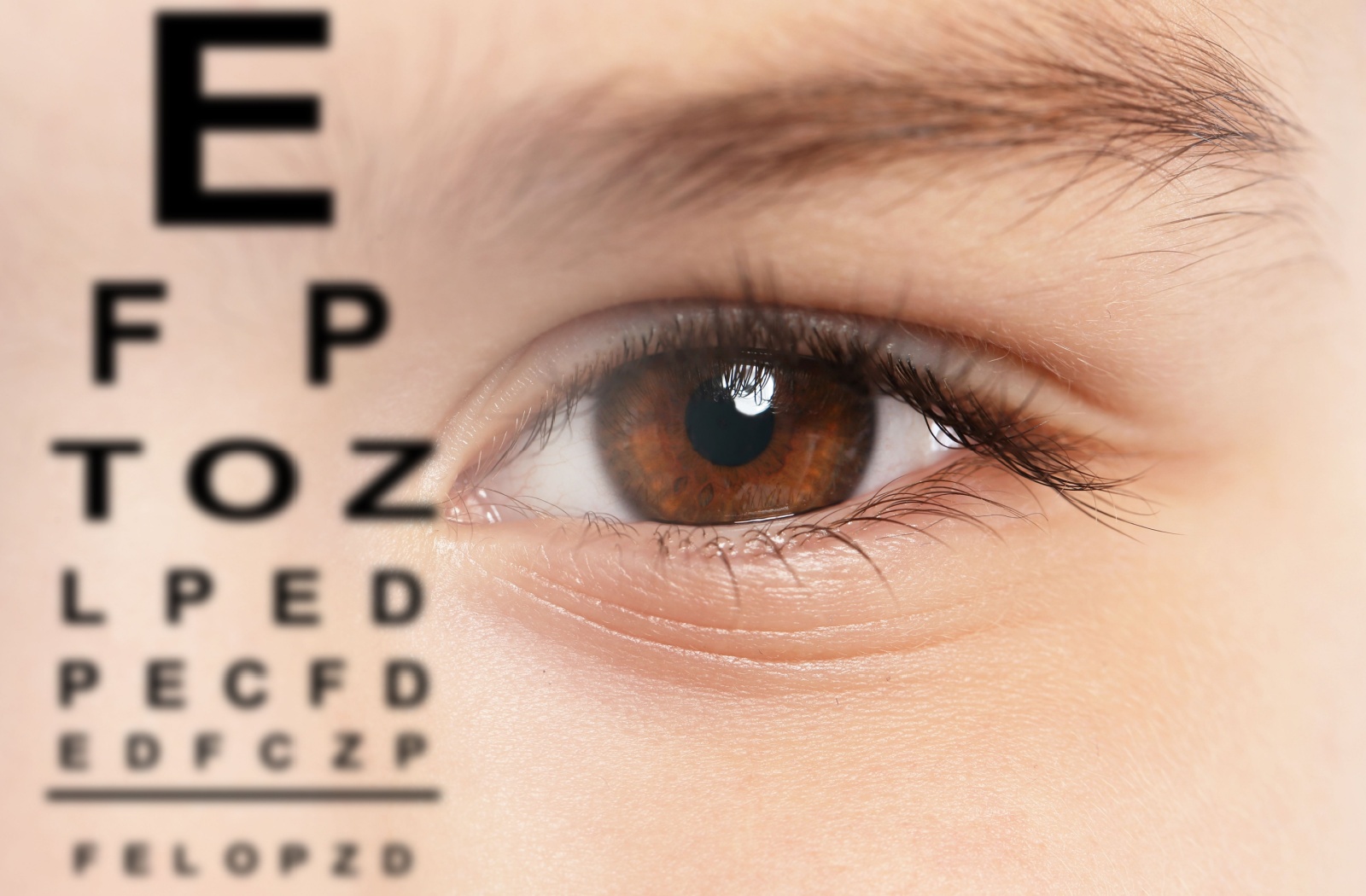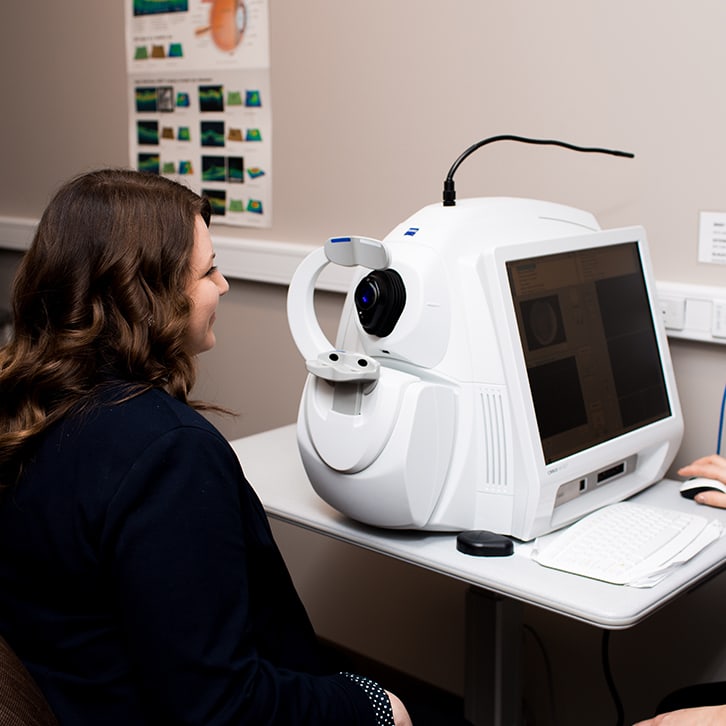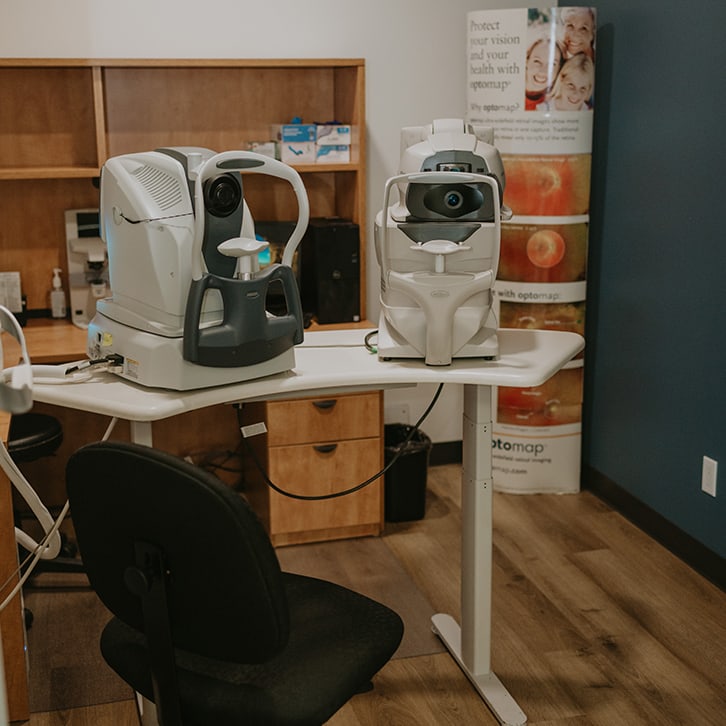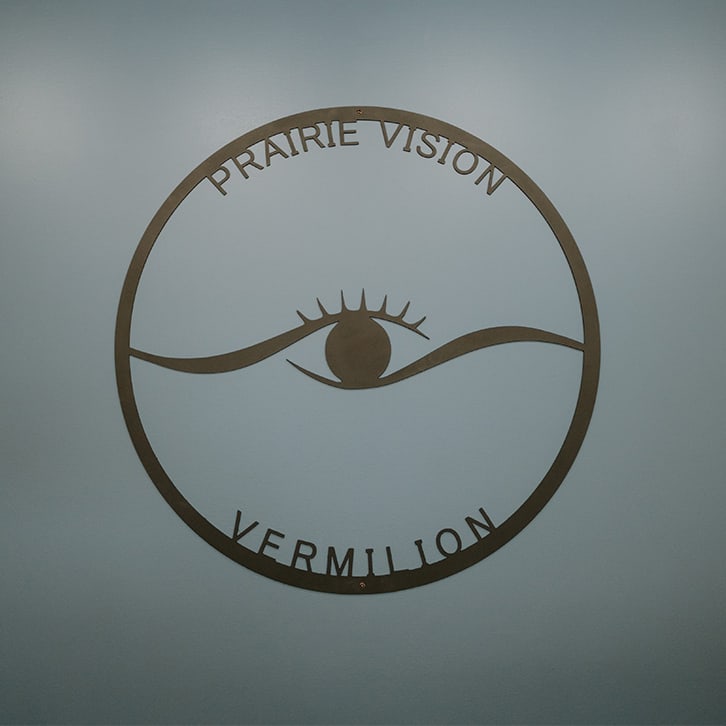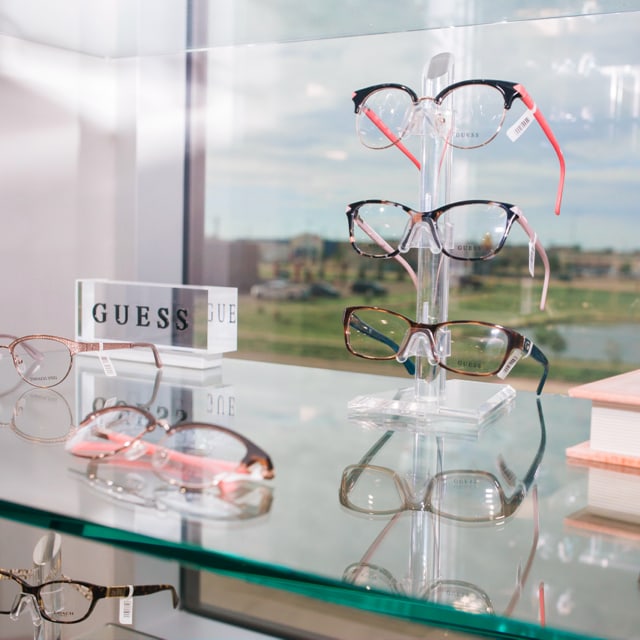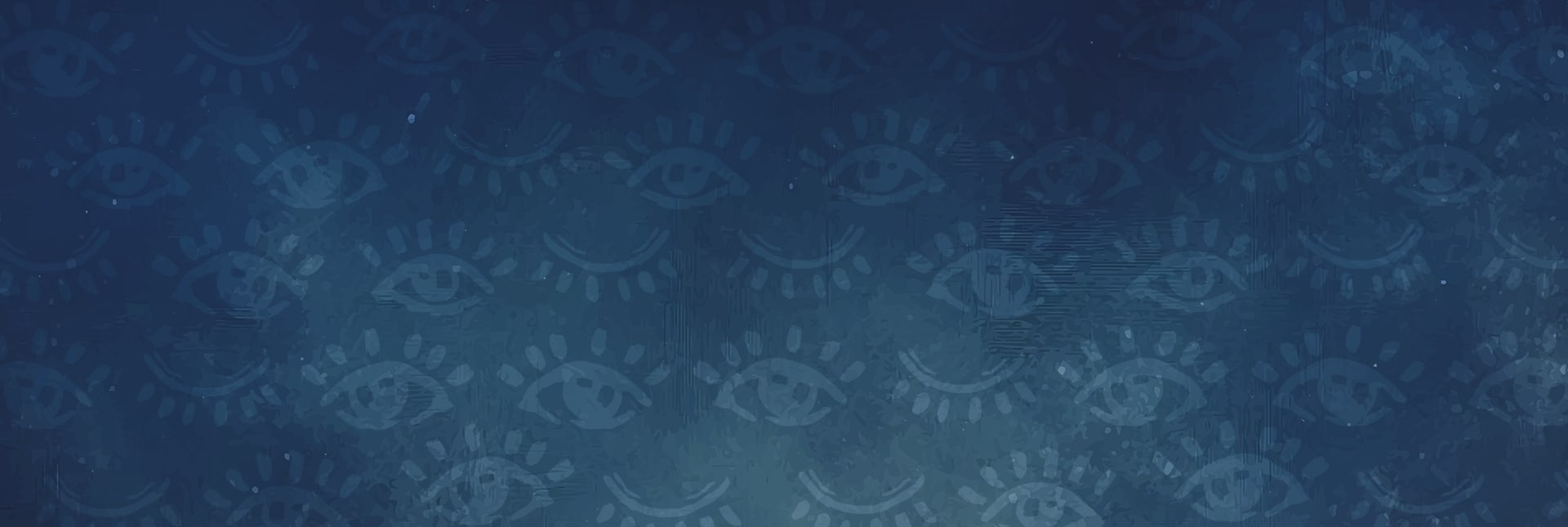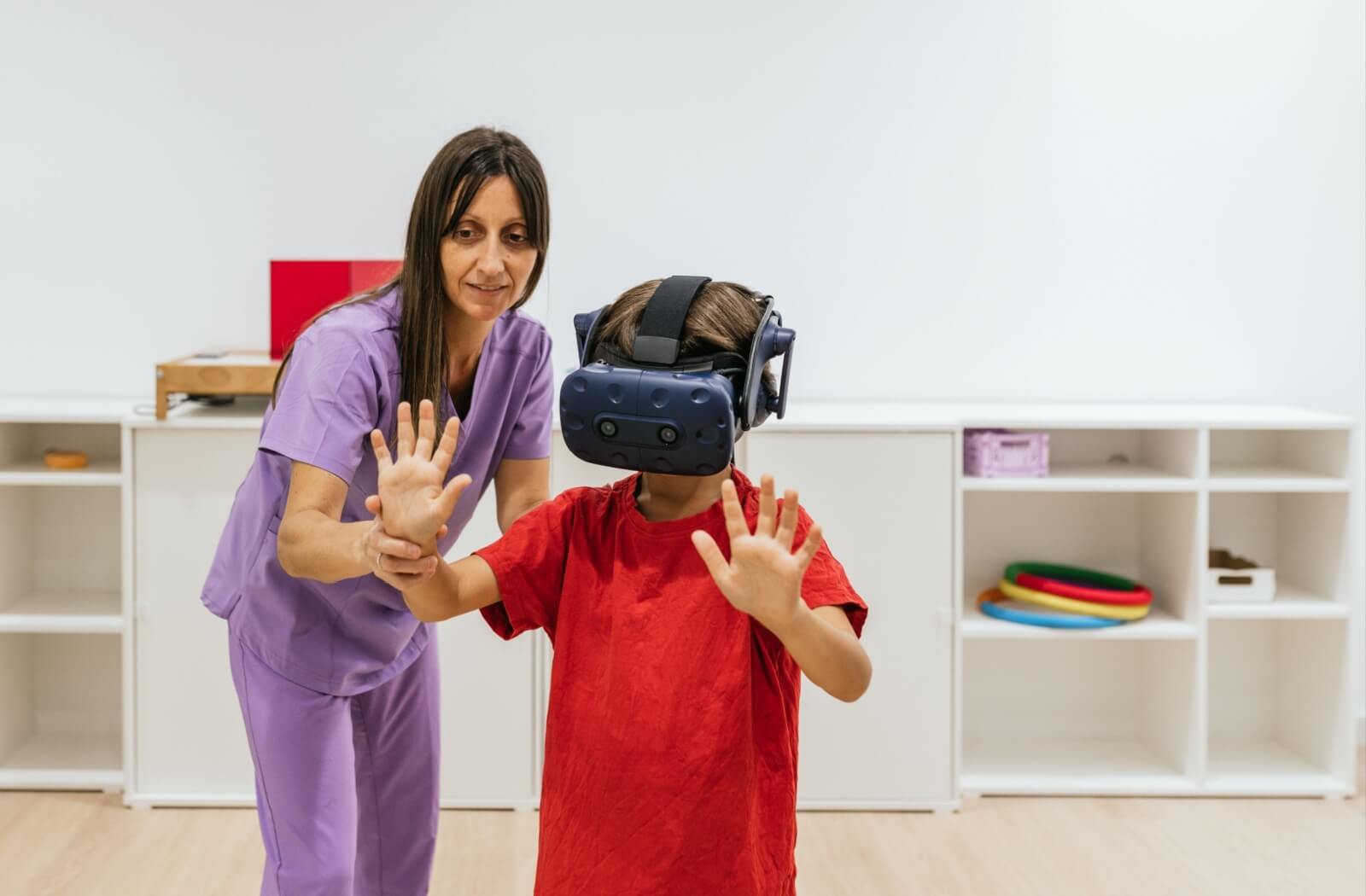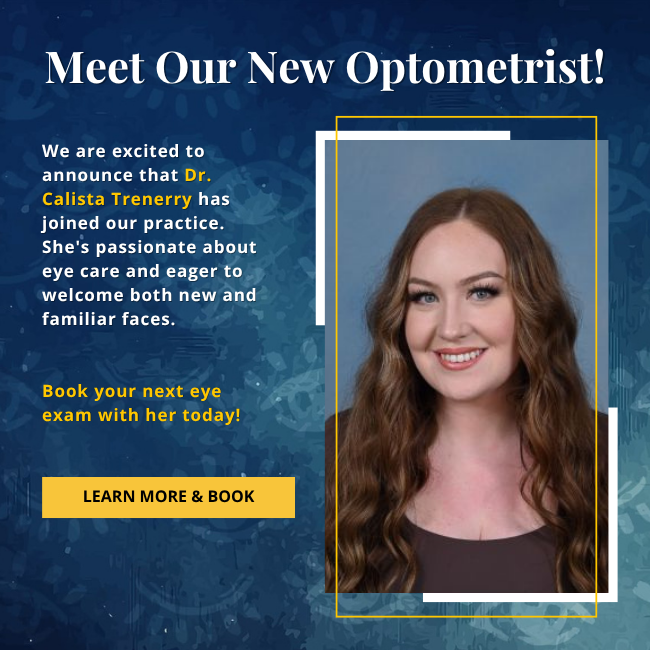The importance of our eyesight in daily life cannot be understated. So when our eyes begin to experience problems, it’s essential to seek treatment from an eye care professional.
Two conditions that can negatively impact the way our eyes function are amblyopia and strabismus. While they’re often mistaken or confused for each other, they differ in terms of how your eyes move. Amblyopia is commonly known as “lazy eye”, while strabismus refers to having “crossed eyes”. Both amblyopia and strabismus are treatable with approaches like vision therapy.
Understanding Functional Vision
Our eyes do not operate independently from the rest of our body. Rather, a number of systems and pathways work in tandem to gather signals and relay correct messages between our brains and our eyes. When this connection is altered, our eyes are unable to move correctly. As a result, our vision becomes impacted and we don’t see the world quite as clearly as we should.
Three components make up our functional vision:
- Eye teaming: Our eyes’ ability to focus on a particular object, also known as binocular vision. This aspect of sight plays a large role in our ability to detect depth and distance.
- Eye focusing: Our eyes’ ability to shift between two objects and keep them in focus.
- Eye movement: When our eyes remain still while being able to track an object in motion.
Amblyopia interferes with vision clarity, while strabismus arises when one has a problem with eye teaming.
What is Amblyopia?
Amblyopia is the professional term for having “lazy eyes.” It can impact one or both eyes. When a person has a lazy eye, they have trouble seeing things clearly. This is because the brain is unable to merge the images that it gets from each eye.
In order to deal with these mismatched images, the brain essentially “switches off” one eye to compensate. However, if amblyopia occurs in both eyes, the brain is simply unable to process visual cues and turn them into a clear end product.
Symptoms of Amblyopia
Identifying the presence of amblyopia can be tricky, as there are very few obvious signs. However, the condition has symptoms, and these include:
- A lack of depth perception
- Trouble catching or throwing objects accurately
- Being clumsy
- Eye fatigue
- Squinting/shutting one eye to see better
If you are unsure whether you’re dealing with amblyopia, it’s always wise to reach out to an eye care professional, who can perform a detailed eye examination and accurately diagnose the issue.
What is Strabismus?
Strabismus is colloquially known as “crossed eyes.” People who have strabismus struggle with eye teaming (that is, binocular vision—when both of our eyes work together), as both their eyes are situated in different directions. One or both eyes can be turned outwards, inwards, or downwards. This means the brain cannot accurately combine and interrupt the visual clues gathered by the eyes.
Optometrists identify strabismus by assessing the following:
- Which way the eye(s) turn(s)
- Which eye is turning
- How often the eye turns
- The degree the eye turns
Your optometrist will also compare the position of the eyes to one another. All of this information allows your optometrist to understand the severity of strabismus and how to address it.
Symptoms of Strabismus
The most noteworthy symptom of this condition is the turning of one of both eyes. Again, the severity of strabismus will determine which symptoms manifest. Others include:
- Poor depth perception
- Eye tiredness
- Headaches
- Eye pain
- Blurry vision
Since these symptoms overlap with those of amblyopia, it can be easy for people to mix up the conditions with one another. But while both can be treated by vision therapy, it’s important to remember that they are still distinct problems.
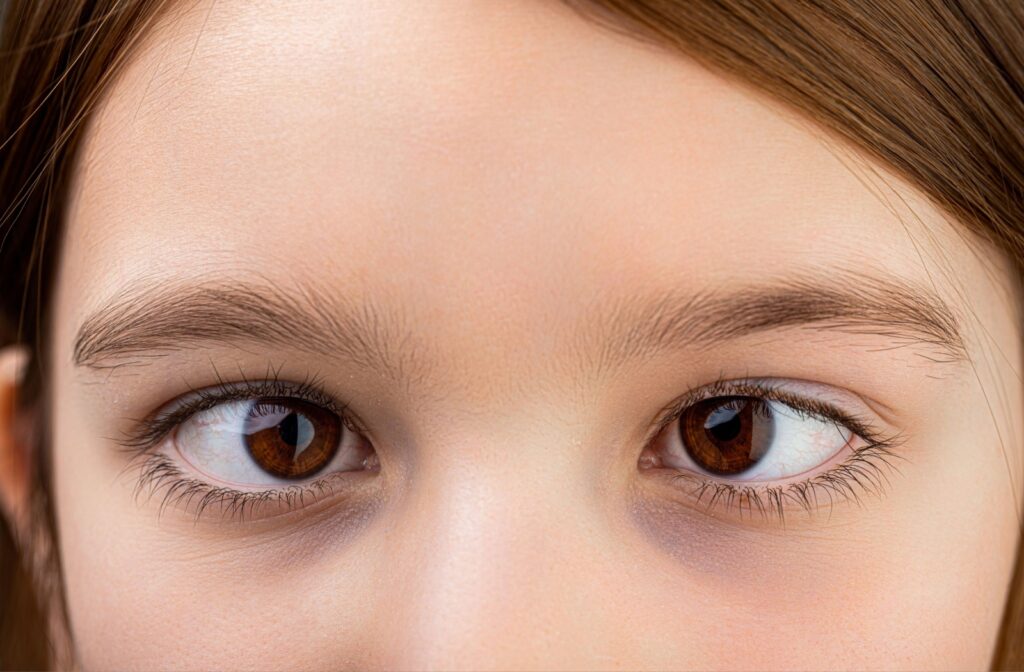
How Do Amblyopia & Strabismus Compare?
Both amblyopia and strabismus are common eye conditions in children, impacting between 4-6%. Both conditions negatively impact our vision clarity and the movement of our eyes.
Several of the same factors can play a role in the manifestation of either condition, such as medication conditions, low birth weight, and genetics.
Seeking out treatment for either amblyopia or strabismus promptly is crucial; if left untreated, there is potential for vision loss in the future.
Which Condition is Which?
Consulting with an optometrist is the best way to determine which condition is impacting your or your child’s vision. An optometrist can perform a functional eye exam, a test that’s much more comprehensive compared to a routine exam. This will allow them to determine which condition your child might have.
What Treatments are Available?
There are several effective treatments available to address amblyopia and strabismus:
- Prescription lenses (glasses or contact lenses)
- An eye patch
- Eye surgery
For amblyopia, an optometrist can also provide prescription eye drops that contain Isopto atropine. These drops slightly blur the vision in the stronger eye, but only temporarily, encouraging you to favor the weaker eye. This treatment is often suggested as an alternative to an eye patch.
Surgery may also be suggested if amblyopia results from cataracts or if glasses are not proving effective.
For strabismus, a combination of therapy to strengthen the eye muscles and surgery can be used as a treatment. These methods can help address eye misalignment.
Fortunately, if treatment is sought out in a timely fashion, both amblyopia and strabismus can be remedied. An effective strategy for one patient may differ from another, so it’s always advised to speak with an eye care professional who can develop a personalized plan that meets your or your child’s unique needs.
A Brighter Future is in Sight
Our eyes play a vital role in our daily life. If you’re dealing with vision issues like amblyopia or strabismus, contact our team here at Prairie Vision and take a step towards seeing clearly. We provide children, adult, and senior eye exams, as well as specialized vision therapy to help correct the alignment and function of the eyes.

